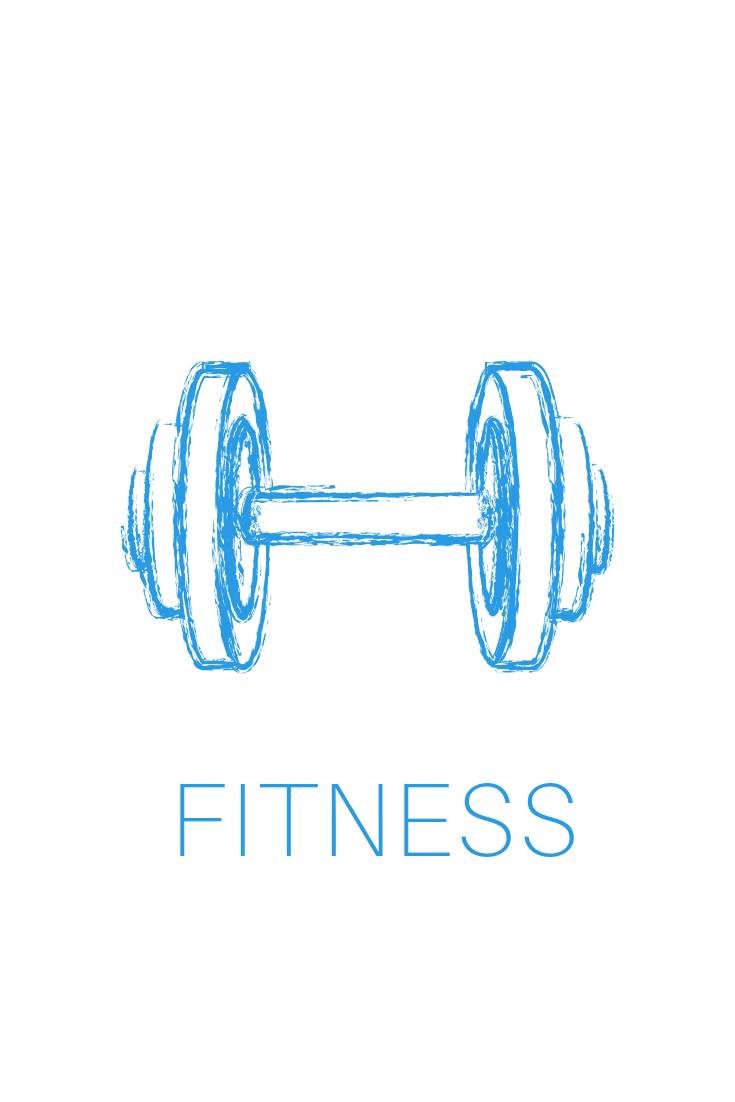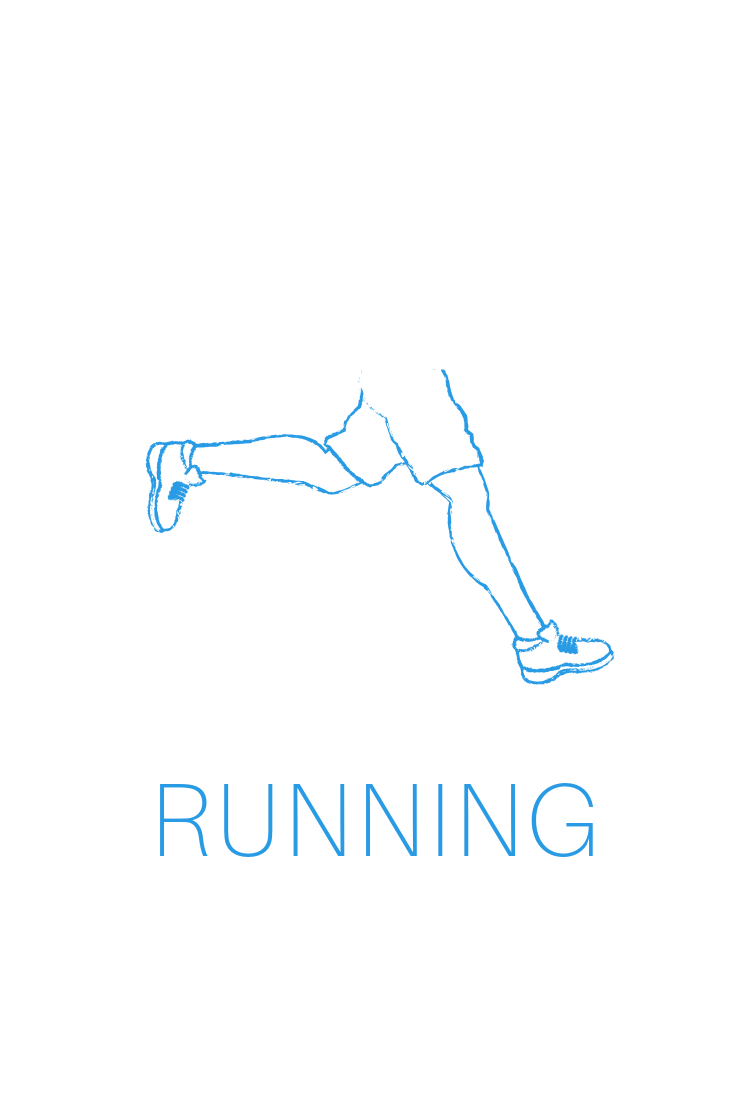Should Exercise Change With Age?
Inevitably our bodies change over time and we need to modify our exercise program to support these changes. However, sometimes age is used as an excuse as to why we can no longer do certain activities. In reality, it’s simply neglect that is creating the health issues.
Many of the changes attributed to ageing are actually caused in large part by disuse. The old adage “use it or lose it” is incredibly relevant when referring to our physical well being. This was powerfully demonstrated in the Dallas Bed Rest And Training Study conducted in 1966 in which 5 healthy 20 year old males were assigned 3 weeks of complete bed rest. In just 3 weeks, these 20-year-olds developed many physiological characteristics of men twice their age. The subjects were then put on an 8-week exercise program which not only reversed the deterioration brought on by bed rest, but they came out of the program healthier than ever.
There is, of course, an inevitable reduction in the body’s physical capacity as we age, especially if we don’t put in any effort. Here are just some examples of the body’s response to age without exercise intervention:
After age 30, the heart’s capacity to pump blood drops by 5%-10% per decade leading to a diminished aerobic capacity.
After the age of 30, our muscle mass drops by 3%-5% per decade.
At around 40 years of age, muscles and ligaments begin to lose elasticity and become stiff and tight.
There is a greater risk of osteoporosis (decrease in bone density) after the age of 45.
The incidence of heart disease, type 2 diabetes and cancer increase steadily as we age.
I know this sounds discouraging, but remember these facts are based on the body’s atrophy without exercise intervention. Although exercise will not halt the ageing process, research proves without doubt that the above conditions can be dramatically slowed, reversed or avoided all together if appropriate exercise is a regular and consistent part of your life.
“No-one can stop the clock, but everyone can slow the tick.”
I’m now 45 years of age and I am very aware that my body is not the same as it was when I was 25. In the past 20 years my body has carried and given birth to 3 children, my heart has pumped 800 millions times and my joints have supported me for thousands of kms. While this has meant my body is a little more worn than it was 20 years ago, I am so thankful for all of these things.
What I have come to learn is that the inevitable wear and tear of my body doesn’t mean I need to stop doing things I love. What it does mean that is that I need to put more time and effort into my “physical maintenance” in order to ask it to continue to perform as I would like. I still love to run, go skiing, ride a bike, and play footy with the kids. However, in return, I need to consistently dedicate time to strength, stretching and recovery or I pay the price with injuries. With a little bit of guidance, commitment and good programming, we can continue with the activities we love for the rest of our lives.
Children (0 - 12): Let Them Play
Free play is how young children should exercise. They need to run and jump and skip and hop and climb and dance. Many children are involved in organised sports which is great, as long as it is something they enjoy and the training sessions involve a mix of activities that involve simple movement development through games and fun. In his book Range, David Epstein discusses the importance of allowing our children to take part in a range of activities at this early stage, rather than focussing on one activity as this can be detrimental to both their skill development and their physical health.
Teenagers - mid 20s: Start Strong
Once you reach puberty, your body is able to handle some more intense activities such as sport specific training and longer events such as distance runs and bike ride events. At this age our bodies are pretty forgiving, and we can often throw ourselves into crazy situations and make it through without injuring ourselves. However it is really important to start including well programmed strength and stability training into your week in order to create a strong base for your future of exercise. One other thing to note is the high propensity of injuries that are now occurring at such a young age due to overtraining. Even if you feel invincible, you need an appropriate balance of rest days and strength and stability work to avoid lifelong imbalances.
20 - 40 year olds: Create A Base
This is a period when we need to focus on keeping the base strong and place more emphasis on the strength and stretching areas of our program. It’s during this time that we can develop long term niggling injuries if we focus only on high intensity, high impact exercise without the base of strength. Incorporate some form of Pilates / strength / yoga type training into your program to develop your strength base for the future.
40 - 60 year olds: Put In The Time
It is fairly well known that in our 40’s our bodies are no longer “developing” and if we don’t put in the work this is when they will very quickly start to break down. It is imperative that all training programs include a solid strength component, regular stretching and recovery time. Consider having a rest day in between each day of high impact activities (e.g. running) and make sure you are lifting heavy weights to keep your muscle mass and avoid reduction in bone density.
60 + : Strength and Stability Come First
Lack of stability is one of the main causes of injury during this stage. Stability and agility exercises should be a part of your daily routine, such as standing and hopping on one foot and exercising through a range of movement patterns that includes forwards, backwards and sideways. Don’t neglect the cardio component of exercise and continue to include short bursts of high intensity exercise in your program (such as power walking or running up a flight of stairs). Most importantly keep lifting heavy weights 2-3 times a week in order to avoid muscle atrophy and bone loss.
Final tips:
If you are not currently exercising, it is advisable to get a medical check up before you begin, especially if you are an older adult. Always start slow and build up your program as your fitness and strength improves. It can be helpful to have a professional set you up with a program to make sure it offers the right balance of exercises.
Exercise is not the fountain of youth, but it is a good long drink of vitality.
by Angie Black
Hey! I’m Angie. I’m passionate about fitting exercise into your life, for the rest of your life.
BLOG CATERGORIES:






